Soju, Korea's national drink, is a clear, colorless, distilled alcoholic beverage traditionally made from rice, often enjoyed neat. It's known for its mild flavor and offers a wide range of potency, with an alcohol content varying between 12.5% and 53%. This has made it incredibly versatile and easy to mix with various cocktails, in turn making it very popular.
Soju is particularly popular in Korea as well as increasingly globally, partly due to its lower alcohol content compared to spirits like vodka. This distilled grain-based spirit delivers a smooth experience and is often less harsh than other liquors.
Whether served chilled, warm, or at room temperature, soju is a staple at gatherings and celebrations in Korean culture, with its appeal extending beyond taste to its cultural significance.
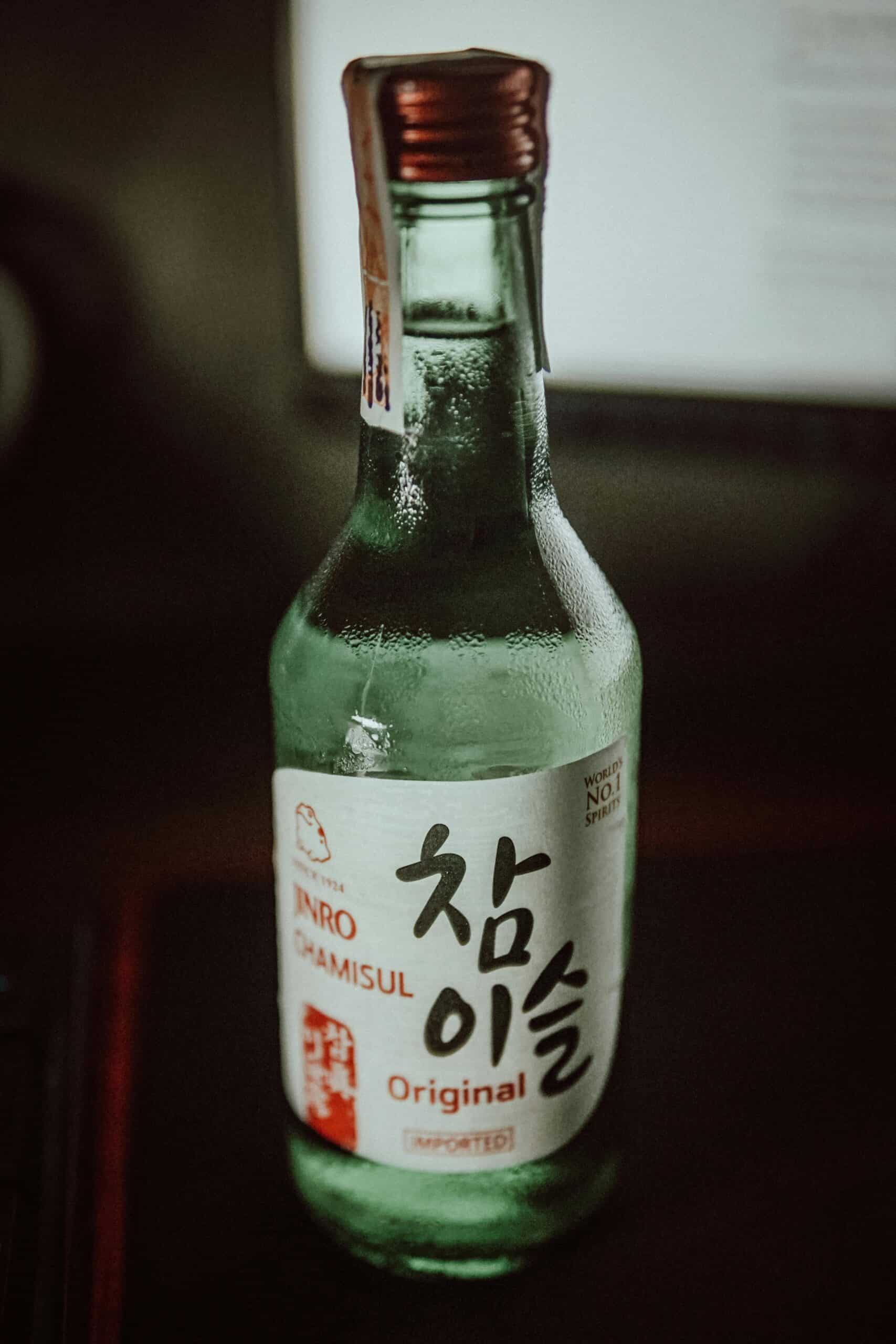
Jump to:
🥛 What Is Soju?
Historical Origin
Soju traces its roots back to the 13th century when the Mongols invaded Korea and introduced the technique of distilling arak, a type of spirit. Koreans adapted this method using rice, creating what we now know as soju.
Originally made from rice, soju had to adapt during the Korean War due to rice shortages, leading producers to use alternative ingredients like wheat, sweet potatoes, and tapioca. This adaptability has made soju a versatile and enduring drink in Korea, commonly consumed neat and a staple at Korean gatherings and celebrations.
Soju vs. Other Spirits
Soju is often compared to vodka due to its clear and neutral characteristics, but there are key differences. Vodka is usually stronger, while soju's alcohol by volume (ABV) typically ranges from 12.5% to 25%, although some versions can reach up to 53%.
While Japanese sake is a fermented rice beverage, soju is distilled, placing it closer to vodka and gin in terms of production method. Though often confused with sake, its flavor and consumption style are distinctly Korean.
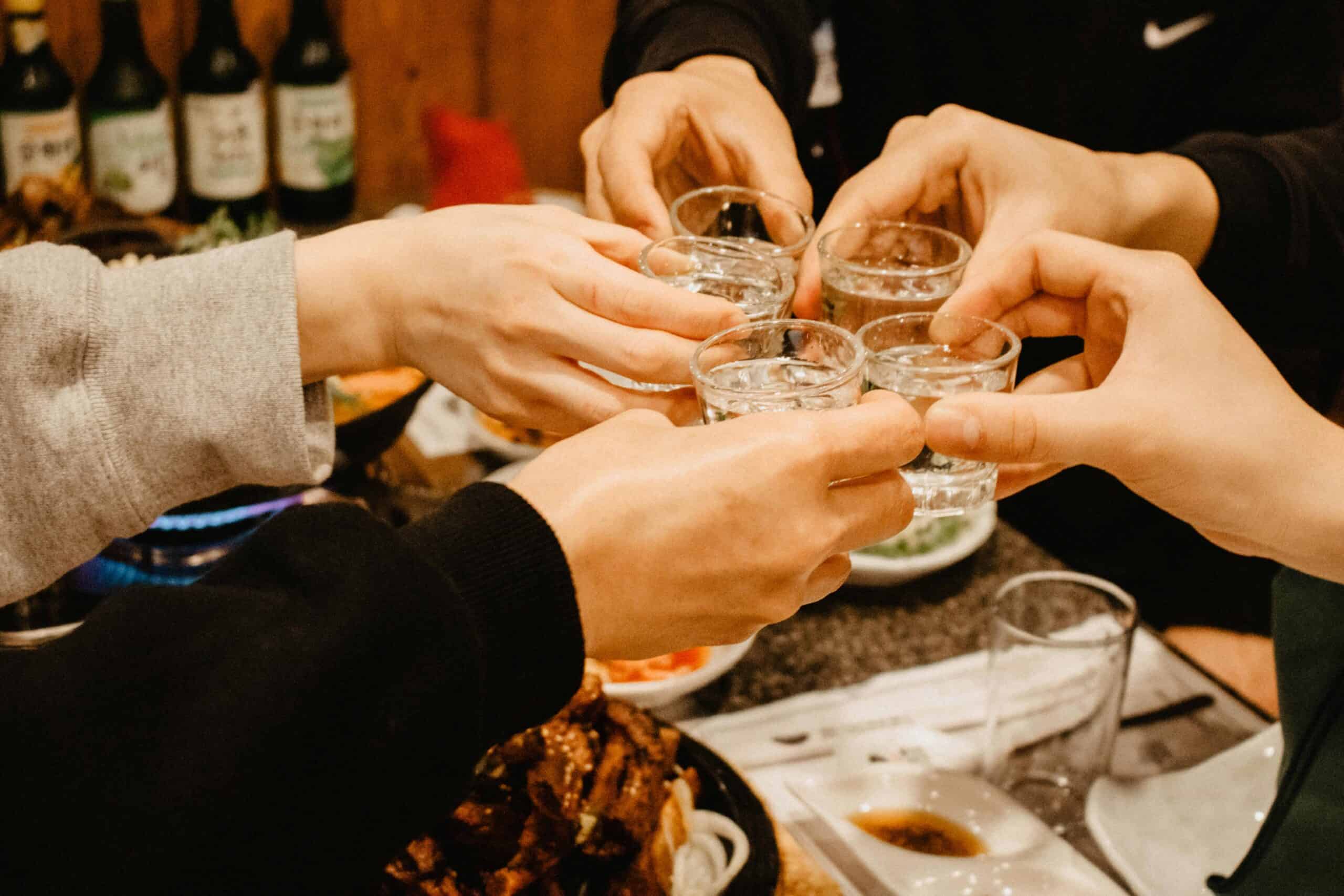
🫙 Manufacturing Process
Ingredients and Raw Materials
Soju's primary ingredient is rice, but it can also be made from other grains like wheat and barley. Modern manufacturers may incorporate sweet potatoes, potatoes, tapioca, and corn to diversify the flavor, adhering to traditional fermentation processes.
The choice of ingredients greatly influences the final taste of soju, with high-quality grains and starches being crucial. Rice, often chosen for its clean, neutral profile, and sweet potatoes, which add a hint of sweetness, are carefully selected, cleaned, and prepared before fermentation.
Fermentation and Distillation
The fermentation process for soju begins with steaming the grains to gelatinize the starches, making them easier to break down.
Next, the steamed grains are cooled and mixed with water and nuruk, a traditional Korean fermentation starter made from wheat. This mixture is left to ferment for about 15 days, during which the starches convert to alcohol, forming rice wine.
After fermentation, the rice wine is distilled by heating the fermented liquid in a large pot. The vapor rises and is collected through a pipe in a soju gori, a two-story distilling appliance, where it cools and condenses into soju. This process can be repeated to increase purity.
The soju is filtered and diluted to achieve the desired alcohol content, typically around 20-25%, resulting in a clear, clean-tasting spirit ready for bottling.
🥂 Cultural Significance
Soju in Korean Dining
In Korea, soju is often enjoyed during meals, especially at gatherings like Korean barbecues and seafood feasts. Its presence at the table is almost a given, playing a role similar to wine in Western dining.
Korean restaurants in places like New York and across the United States often serve soju to create an authentic dining experience. Typically paired with anju, or side dishes, soju complements a range of flavors, from spicy foods to mild Korean snacks, enhancing the overall experience.
Sharing food and soju is believed to foster camaraderie and strengthen bonds among diners, and for many, no Korean meal feels truly complete without a bottle of soju to share.
Rituals and Traditions
The act of pouring and receiving soju is steeped in tradition, symbolizing respect and hierarchy. Younger individuals pour drinks for their elders, using both hands as a sign of courtesy, reflecting the deep-rooted values of respect in Korean culture.
During celebrations, each pour and toast carries symbolic meaning. When toasting, people often say "건배" (geonbae), the Korean equivalent of "cheers," enhancing the communal and festive spirit.
Soju is aso a staple at social events, including family gatherings and business dinners, where people often play drinking games, reinforcing the importance of respect and togetherness in Korean culture.
In Japan and America, especially in cities like New York and LA, Korean communities continue to honor and adopt soju traditions, preserving its cultural significance worldwide.
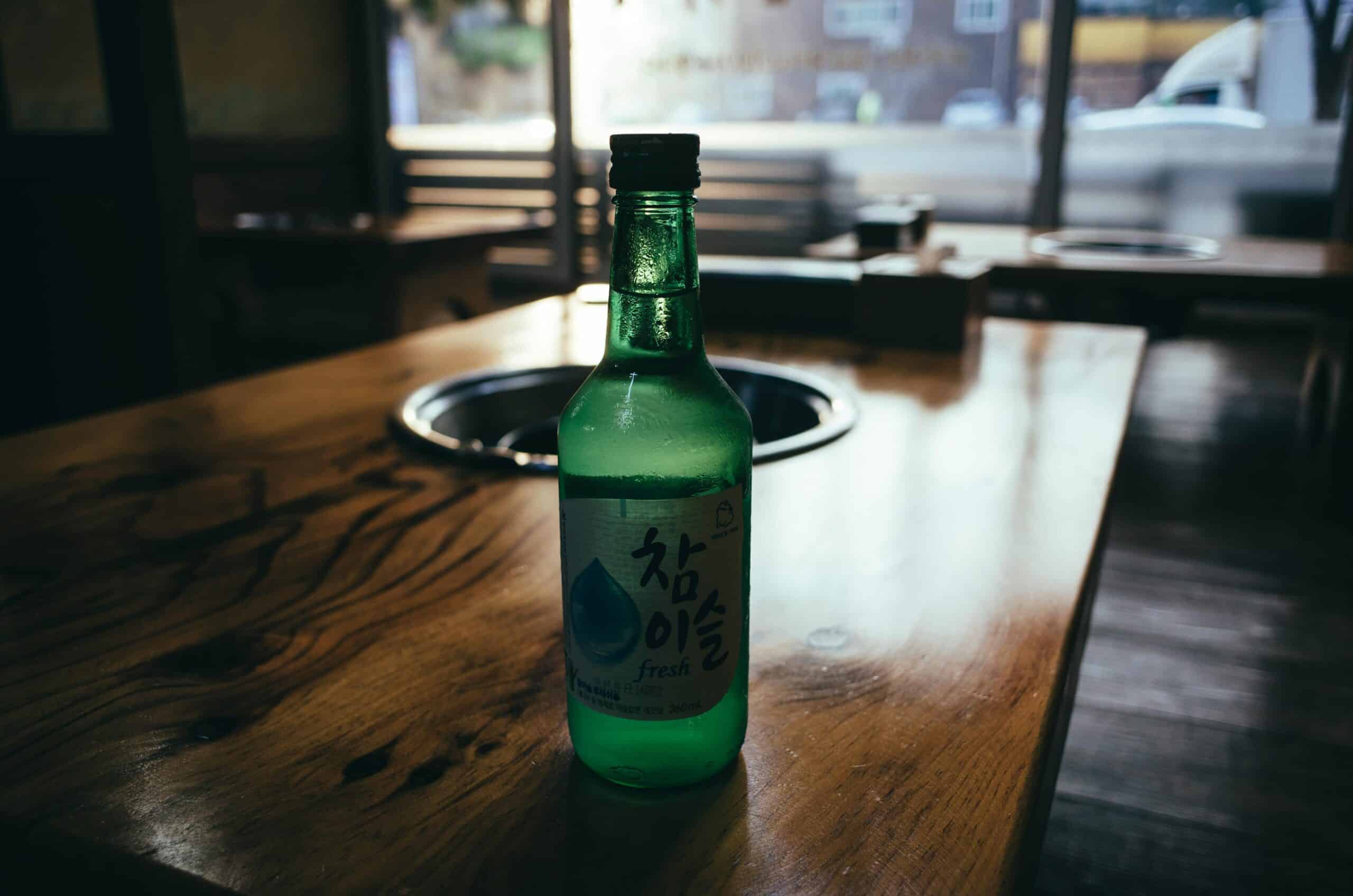
🍾 Types and Varieties
Flavored Soju
Flavored soju has gained popularity for its sweet and refreshing taste, with common flavors including citrus, apple, geen grape, pineapple, peach, plum, and watermelon.
Soju brands like Jinro and Chamisul are well known for their fruit-infused options. For example, plum soju delivers a sweet, refreshing flavor that is best enjoyed in ice cold, while strawberry soju, a crowd favorite, offers a taste reminiscent of spring.
Flavored soju typically has a lower alcohol by volume (ABV), ranging from 12% to 25%, making it a milder and more approachable option for those who prefer a lighter spirit.
Regional Specialties
In Korea, certain regions have their own specialty varieties of soju. The Andong region is famous for Andong Soju, which is known for its higher ABV of about 45% and robust flavor, typically enjoyed neat. Other areas, such as Seoul and Busan, also have their local favorites, each offering unique characteristics.
Each variety of soju offers a unique take based on traditional recipes and local ingredients. For example, Tokki Soju, which originated in Brooklyn, New York, follows traditional Korean methods while using ingredients like rice and organic wheat, showcasing a fusion of authenticity and innovation.
Premium Brands
Premium brands offer soju enthusiasts high-quality, well-balanced options, with brands like Hwayo and Yobo emphasizing craftsmanship and the use of premium ingredients.
Hwayo produces a range of soju with varying ABV levels to cater to different tastes. These premium brands often feature sleek packaging, setting them apart from the traditional "green-bottle soju."
Popular Soju Cocktails
Soju's mild flavor makes it a versatile base for many cocktails, including the soju Negroni, a twist on the classic Negroni that replaces gin with soju for a smoother taste.
Another favorite soju cocktail is the soju martini, which swaps vodka for soju, creating a lighter, more approachable drink. Like the traditional version, it's often garnished with an olive.
Fruity mixed drinks like the soju apple, which combines soju with apple juice and soda water for a refreshing taste, showcase soju's adaptability. The spread of these coktails over social media has made soju increasingly popular in bars worldwide.
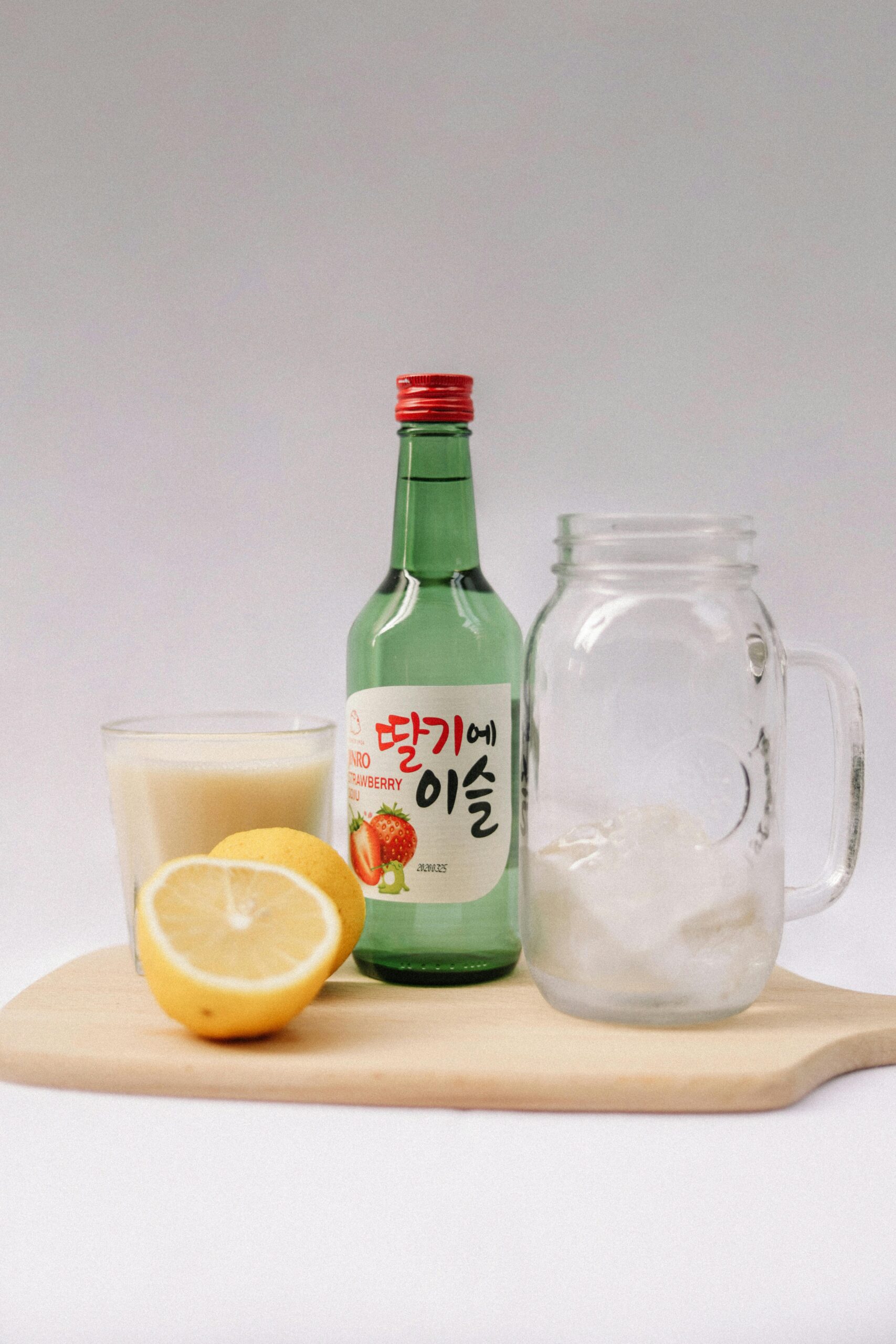
🏪 Soju Buying Guide
What to Look for
When choosing soju, consider the alcohol by volume (ABV), which typically ranges from 20% to 25%. A higher ABV results in a stronger taste, while a lower ABV provides a smoother, more mellow flavor.
Flavor is another key factor when choosing soju. While traditional soju is plain, flavored varieties like grapefruit, blueberry, lychee, and peach are gaining popularity, offering a sweeter option for those who enjoy a fruitier taste.
Premium soju is worth considering for its smoother, more refined taste. Made from high-quality ingredients like rice, barley, or sweet potatoes, these brands are often filtered multiple times to achieve a clean, crisp flavor.
Brand popularity can also help guide your choice. Jinro's Chamisul is widely recognized and often considered the "nation's soju" in Korea, making it a trusted and safe option for beginners.
Where to Buy
Soju is widely available in many places. In Korea, it can be easily found in supermarkets and convenience stores, where it's very cheap (less than $1USD per bottle). Outside Korea, it's commonly stocked in stores within large Korean communities, such as California, New Jersey, Virginia, and other parts of the United States.
Online shopping is also a great option for purchasing soju, as many websites specializing in international spirits offer a wide selection of flavors and soju brands. Just be sure to check if they ship to your location.
Some high-end liquor stores and Asian markets may also carry premium soju, offering more refined flavor options. Be sure to choose reliable retailers to ensure you're getting authentic products.
❓ Frequently Asked Questions
Soju is traditionally made from fermented rice, wheat, or barley. In some cases, producers also use sweet potatoes, tapioca, or even grains like sorghum.
Soju typically has an alcohol content of 12-25% by volume. This makes it milder than vodka or whiskey, which usually ranges from 40-50% alcohol. It's comparable to wine and beer but stronger.
Soju has a clean, neutral taste similar to vodka but without the strong alcohol burn. It's smooth and often described as slightly sweet. Some flavored versions add a hint of apple, peach, or other fruit flavors.
Yes, there is a difference. Soju is a Korean spirit made from grains or starches, while sake is a Japanese rice wine. Sake is brewed more like beer, while soju is distilled like vodka.

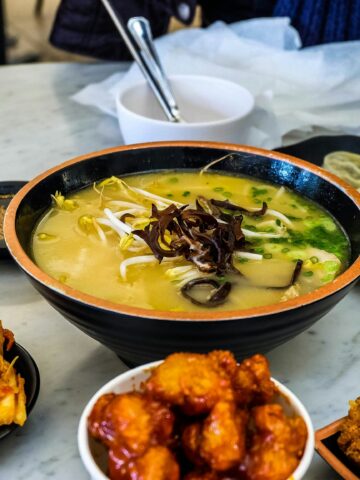
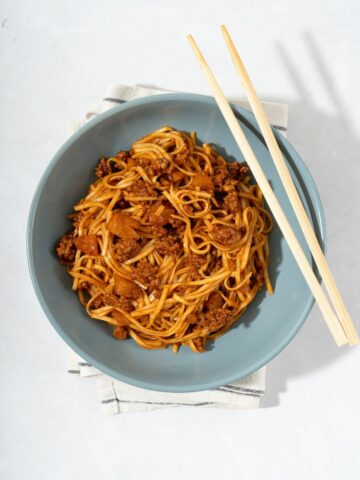

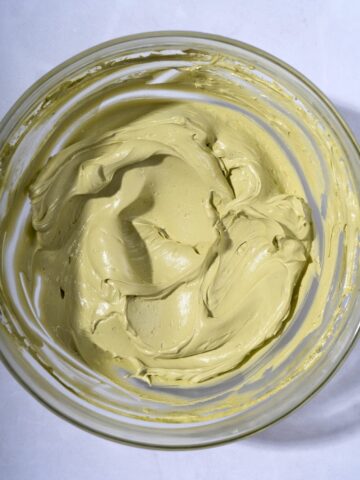
Comments
No Comments